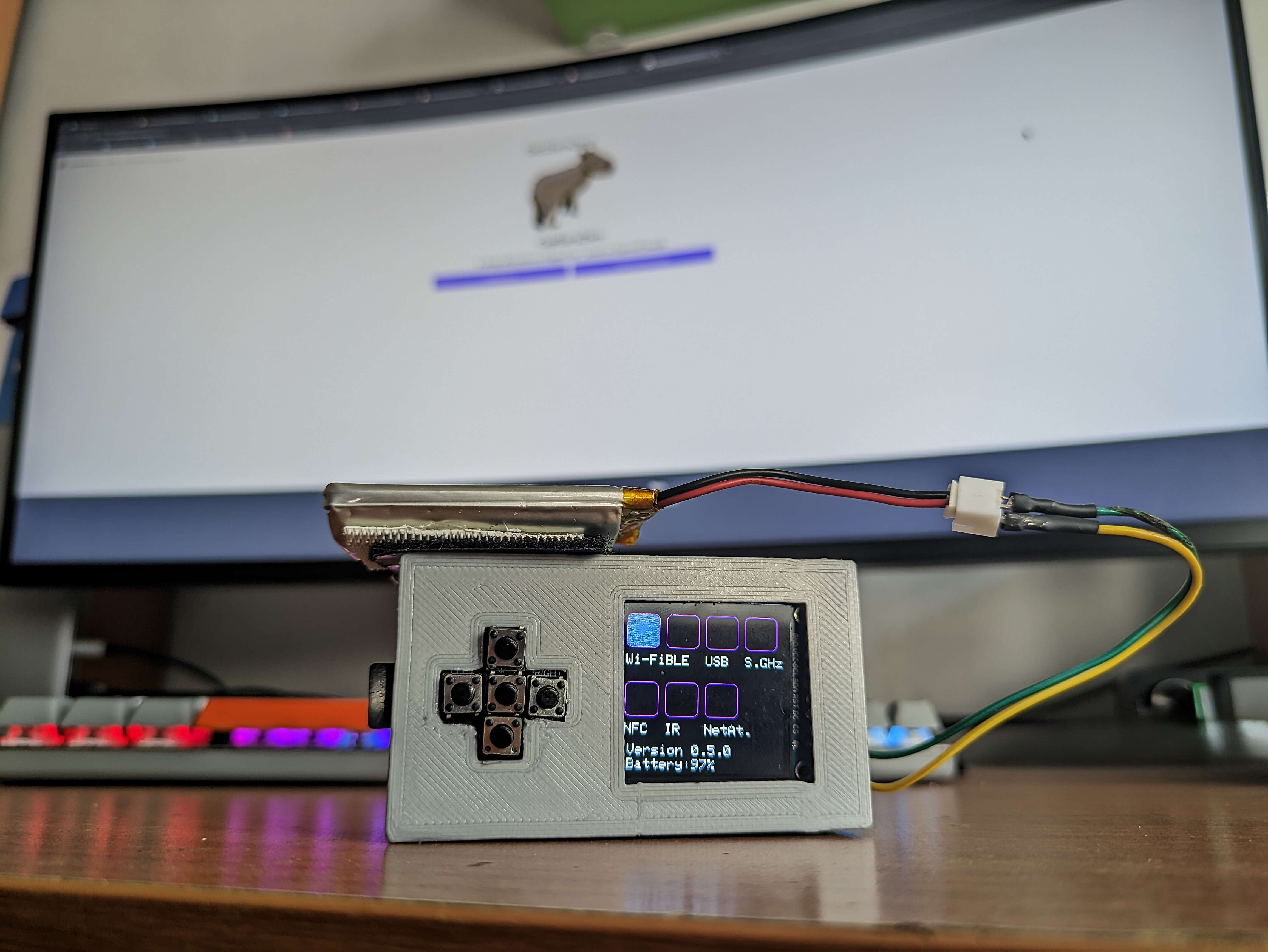
Overview
The possibilities are infinite with this Kit of essential Arduino components.
Prototype with the solderless breadboard to control sensors and actuators with Arduino.
You'll need some materials of your own as your progress through your project to make it really unique.
At the very least, you will need a 9V battery and a computer, but we recommend keeping some basic craft supplies handy - like paper, tape, markers and scissors.
Use the Arduino IDE and Arduino Project Hub for tutorials and projects!
Tech specs
The Kit includes:
- 1 USB cable
- 1 Breadboard
- 70 Solid core jumper wires
- 1 LED (Green)
- 1 LED (Yellow)
- 3 LEDs (Red)
- 5 Capacitors (10nF)
- 5 Capacitors (100nF)
- 5 Capacitors (100uF)
- 2 Transistors (BC547)
- 2 Optocouplers (4N35)
- 1 Potentiometer (10k ohm)
- 1 Mosfet Transistor (IRF520)
- 1 Diode (1N4007)
- 1 Thermistor (4,7k ohm)
- 1 Piezo Buzzer
- 5 Push Buttons
- 2 Tilt Sensors
- 1 Photoresistors
- 5 Resistors (330k ohm)
- 5 Resistors (10k ohm)
- 5 Resistors (2.2k ohm)
- 10 Resistors (220 ohm)
- 1 Male Headers Pins (40x1)
The Arduino UNO Rev3 board is nor included.
Resources for Safety and Products
Manufacturer Information
The production information includes the address and related details of the product manufacturer.
Arduino S.r.l.
Via Andrea Appiani, 25
Monza, MB, IT, 20900
https://www.arduino.cc/
Responsible Person in the EU
An EU-based economic operator who ensures the product's compliance with the required regulations.
Arduino S.r.l.
Via Andrea Appiani, 25
Monza, MB, IT, 20900
Phone: +39 0113157477
Email: support@arduino.cc
Get Inspired

CapibaraZero: A multifunctional security and hacking tool designed to be an alternative of FlipperZero™
RS Components released the second video focused on the first steps with the Arduino Robot with Massimo Banzi, David Cuartielles and Xun Yang: In this video you will see where to find code examples on the IDE. The robot library comes with two folders named “learn” and “explore” with examples on how to use the software to program the top board – this is the board you will mainly interact with while the motor board runs its original firmware. One of the first examples of coding on the Arduino Robot is called “LOGO” which is very similar to an early educational programming language that controlled a virtual turtle moving across the screen with simple instructions. This time however, instead of having a small virtual turtle running on a screen, we have a robot that can respond to commands demonstrating a basic example of movement. “LOGO” invites users to interact with the robot using the keypad to tell the robot whether to move forwards/backwards or to turn left/right. The program can store a series of commands that will then be executed one at a time. Xun and David show users where to find the LOGO example and how to upload it to the robot's control board. You will notice that the robot's motors are disengaged when the USB cable is connected. The Arduino Robot can be pretty powerful and this feature prevents it from running away with your laptop! Since all motors are slightly different, users will have to configure the robot's movement using a different example called “Calibration”. Using a screwdriver on the trimmer on the bottom board, it is possible to balance the strength applied by each one of the wheels so that the robot moves straight when asked to. The video closes with an example of how to use a simple IR-receiver connected to one of the sensor inputs on the robot to control it using a small universal TV-remote. This program is also part of the basic list of examples in the library. Go and run with the first Arduino on wheels!









